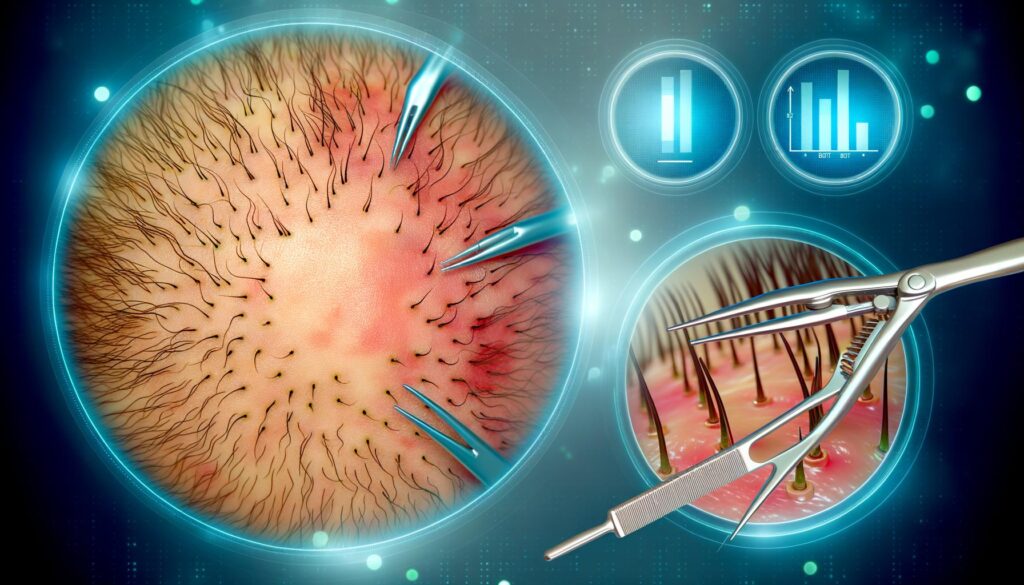Exploring the World of Hair Transplants: What You Need to Know
Understanding Hair Transplants
Hair transplants are surgical procedures designed to move hair follicles from one part of the body, typically referred to as the ‘donor site,’ to the thinning or bald areas known as the ‘recipient site.’ Over recent years, this technique has grown in popularity owing to technological advancements and the increasing success rate of these procedures. Hair transplants are not just about covering up bald spots; they are an effective way to permanently address hair loss issues. This surgical solution is most commonly used in men but has gained traction with women experiencing thinning hair.
- Hair transplant procedures include Follicular Unit Transplantation (FUT) and Follicular Unit Extraction (FUE).
- They offer a natural-looking solution to hair loss.
- The transplanted hair grows much like natural hair, blending seamlessly with the existing hair.

Candidates for Hair Transplants
Not everyone experiencing hair loss is a suitable candidate for a hair transplant. Ideal candidates typically include individuals who have experienced pattern baldness for several years, allowing the determination of hair loss stability. Additionally, candidates should have sufficient hair growth or healthy hair follicles in the donor area. Those considering hair transplants should also be in good general health to minimize risks during surgery. It’s vital to have realistic expectations about the outcomes, acknowledging that while hair transplants can significantly improve appearance, they will not restore the fullness of hair one had in their youth.
Different Hair Transplant Techniques
There are primarily two methods of hair transplants: Follicular Unit Transplantation (FUT) and Follicular Unit Extraction (FUE). FUT involves moving a strip of skin with hair from the back of the scalp and dividing it into tiny grafts of different sizes. In contrast, FUE involves extracting individual follicles from the scalp and implanting them into the recipient site. Each method has its pros and cons. FUT might leave a narrow linear scar in the donor area, whereas FUE leaves tiny, dot-like scars that are less noticeable. The choice between these methods depends on factors like the extent of hair loss, donor site availability, and personal preference.
Steps in a Hair Transplant Procedure
The process of undergoing a hair transplant involves several steps. Initially, a thorough consultation with a specialist determines the patient’s eligibility and helps plan the procedure. This includes discussing the patient’s medical history and any medications they are taking. The surgeon will then prepare the donor site, often shaving it to easily access the hair follicles. The chosen technique, FUT or FUE, is then employed to extract the follicles. The surgeon will meticulously implant these follicles into the thinning areas. After the procedure, a recovery phase follows where patients may experience some tenderness and swelling, which usually subsides within a few weeks.
Aftercare and Results
Post-surgery care is crucial for the success of a hair transplant. Patients are generally advised to be gentle with the newly implanted grafts, avoiding washing the hair or engaging in strenuous activities for a few days. It’s also advisable to follow a surgeon-recommended hair care routine to ensure optimal growth. Most individuals notice the transplanted hair starting to fall out after two to three weeks, which is a normal part of the process. New hair begins to grow within a few months, and patients can expect to see significant changes in 6 to 9 months post-procedure. With continuous growth, the transplanted hair blends with existing natural hair, providing a fuller, rejuvenated appearance.
